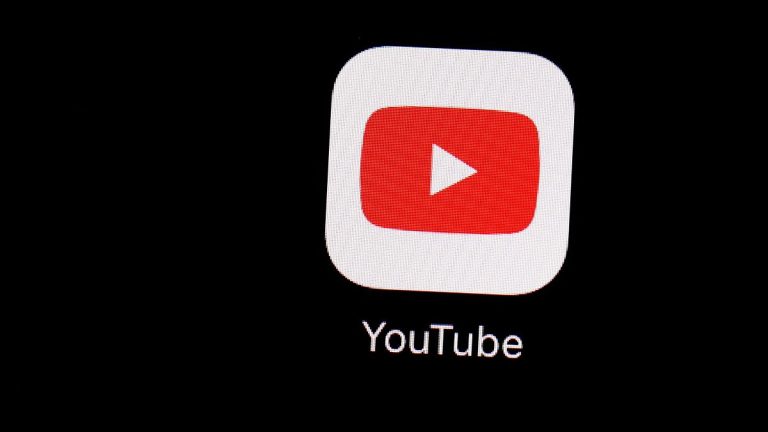YouTube’s Misinformation Fight Hampered by Inconsistent Language Support, Study Finds
A recent study by AI Forensics, a European non-profit organization, has revealed significant inconsistencies in YouTube’s implementation of tools designed to combat misinformation. The study focused on information panels, which are designed to appear alongside videos and search results on topics prone to misinformation, directing users to credible third-party sources like Wikipedia. These panels are a key element of YouTube’s strategy to combat the spread of false or misleading information on its platform. However, the research indicates these panels are applied inconsistently across different languages, raising concerns about equitable access to accurate information and the potential undermining of user trust.
The AI Forensics investigation employed a web crawler to analyze the availability of information panels across 83 languages supported by YouTube. The study examined 12 topics identified by Wikipedia as common subjects of conspiracy theories, as well as four types of publisher labels. While all information panels were available in English and nearly all in German (with the exception of the Armenian genocide), many other languages, including Icelandic and Lithuanian, had significantly fewer panels. This discrepancy, according to AI Forensics, reveals a “disproportionate attention towards Western languages” and a neglect of regional languages such as Basque, Catalan, and Galician. This disparity creates a two-tiered system where users in some regions have less access to resources designed to help them distinguish between credible and misleading information.
Beyond information panels for conspiracy-related topics, YouTube also employs labels for news sources and fact-checkers, indicating whether they receive partial or full government funding. This is intended to provide transparency and help users assess the potential biases of news content. However, the study found inconsistencies in the application of these labels as well. For example, Euronews, which receives some funding from the European Union, was flagged by YouTube in some countries but not others, including Denmark, Greece, Norway, Iceland, Finland, and Portugal. These inconsistencies further highlight the uneven distribution of YouTube’s misinformation-combating tools across different regions and languages.
These findings raise serious concerns about the effectiveness and fairness of YouTube’s efforts to combat misinformation. Salvatore Romano, head of research at AI Forensics, expressed concerns that these discrepancies create a situation where some user groups have “differential access to safety” measures on the platform, ultimately undermining user trust rather than bolstering it. The inconsistent application of these tools suggests a potential failure to provide equitable protection against misinformation across different linguistic communities, leaving some users more vulnerable to misleading content.
Following the completion of their research, the AI Forensics team met with YouTube representatives to present their findings. During these meetings, YouTube reportedly acknowledged the unintended nature of the language discrepancies and admitted a lack of systematic mechanisms to monitor the deployment of information panels across Europe. While YouTube reportedly agreed to address these inconsistencies, they did not provide specific details about the measures they intend to take. Euronews Next’s requests for clarification from YouTube regarding the meetings and planned actions went unanswered.
The inconsistent application of these misinformation-fighting tools raises questions about YouTube’s compliance with the European Commission’s Code of Practice on Disinformation, a voluntary agreement that sets standards for tech companies to combat the spread of false or misleading information. YouTube, under parent company Google, is a signatory to this code and has publicly committed to assessing and updating topics prone to misinformation that necessitate information panels. However, the findings of the AI Forensics report suggest a potential gap between these commitments and the actual implementation of these measures. The researchers caution that the scope of the problem may be even broader than their study indicates, as their analysis only represents a “partial view” based on a limited sample of panels. If YouTube fails to address these discrepancies, AI Forensics plans to call upon the European Commission to investigate a potential breach of the Digital Services Act (DSA), which could lead to formal inquiries and potential enforcement actions.
The AI Forensics team has developed a publicly available tool to track the frequency with which YouTube’s information labels appear in various languages. This tool allows users to monitor the availability of content labels for specific topics in their language, and it will also enable researchers to track changes in the deployment of information panels over time. This ongoing monitoring will provide valuable data to assess YouTube’s progress in addressing the identified inconsistencies and ensuring equitable access to misinformation-combating resources across all supported languages. The European Commission’s response to these findings and the subsequent actions taken by YouTube will be crucial in determining the future landscape of online misinformation mitigation. The focus remains on ensuring that all users, regardless of their language, have equal access to tools and resources that empower them to navigate the digital world responsibly and critically evaluate the information they encounter. The study highlights the critical need for transparency, accountability, and consistent implementation of platform policies to effectively combat the pervasive challenge of online misinformation.


